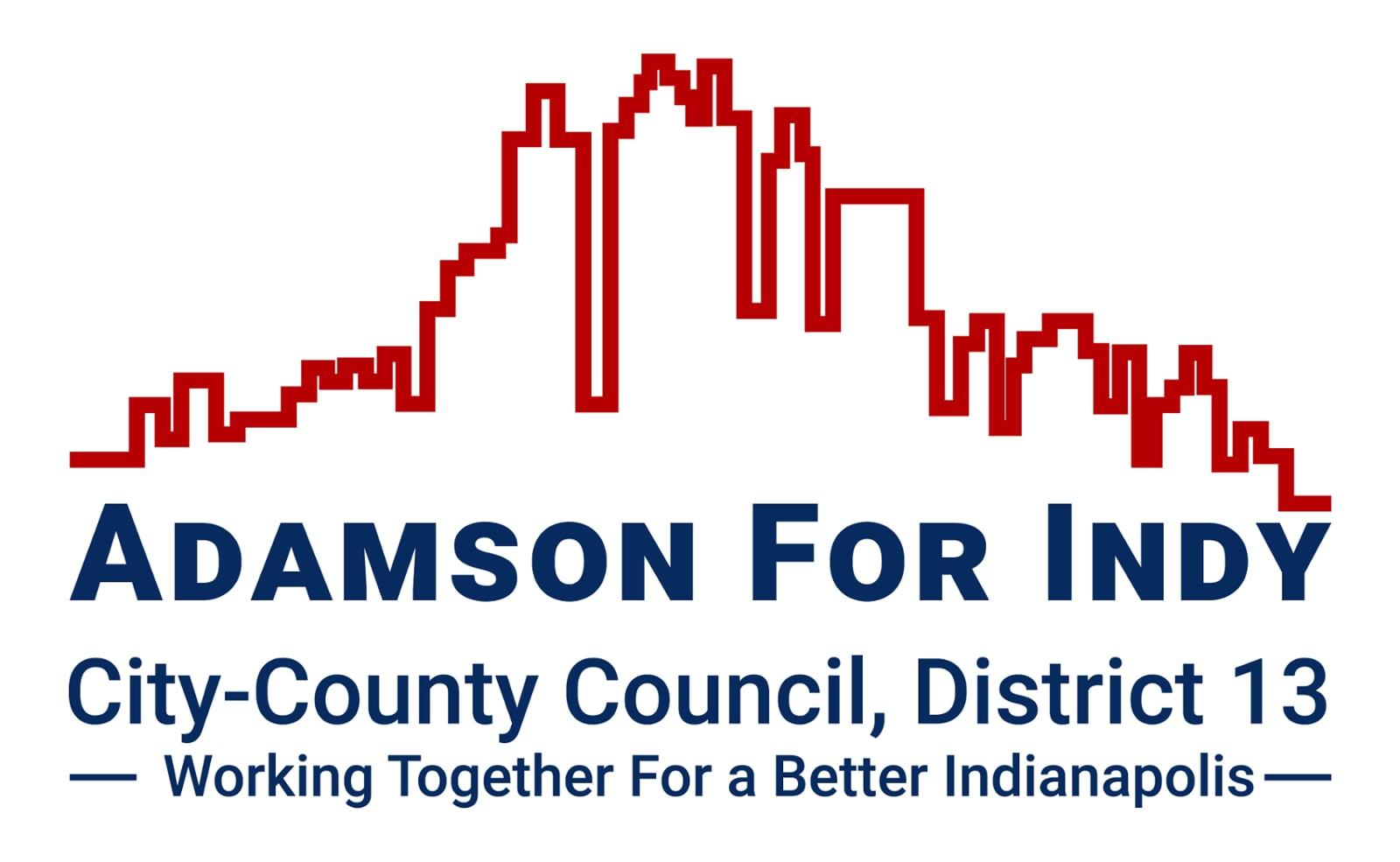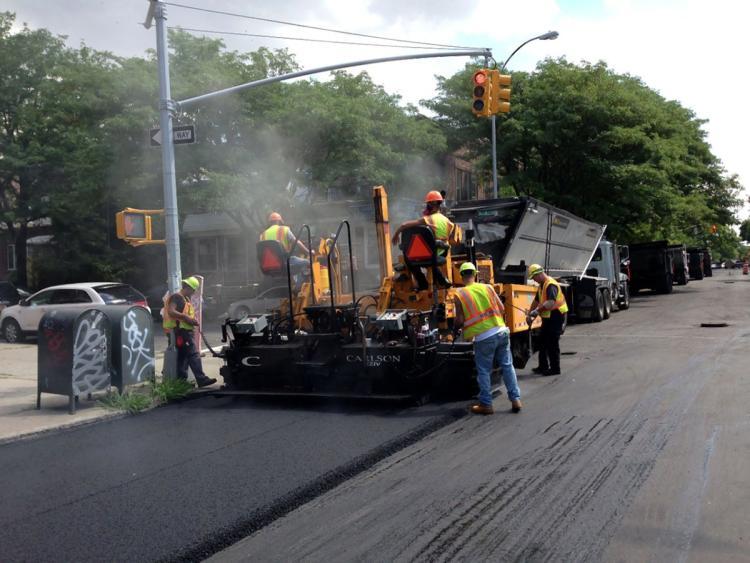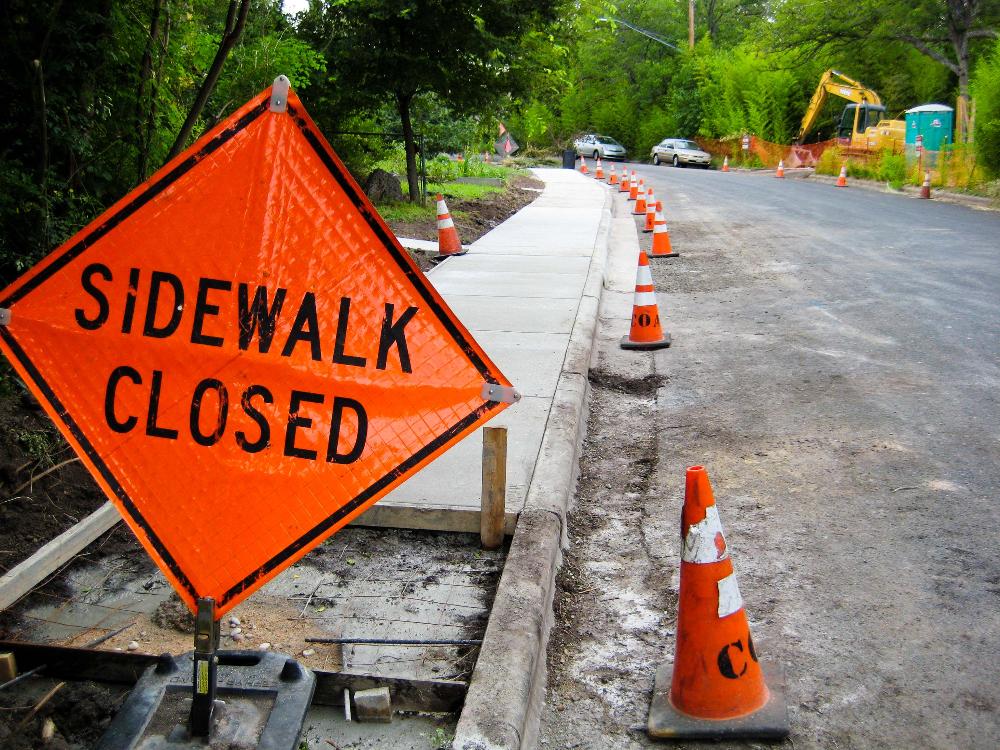Understanding Local Infrastructure
Infrastructure is an important part of making a city work. It is also one of the most requested items for needed attention. There are many important things to understand about infrastructure. Where does the money come from to pave my street or repair my sidewalk? How much does it cost to pave a section of roadway or replace a broken segment of sidewalk? And the most popular question: When will my needs be addressed? There are many considerations to keep in mind when looking at these, and other questions, related to infrastructure. Let's start with some infrastructure 101.
What is infrastructure?
in·fra·struc·ture
ˈinfrəˌstrək(t)SHər/
noun
Infrastructure is the basic physical and organizational structures and facilities (e.g., buildings, roads, and power supplies) needed for the operation of a society or enterprise.
For the city of Indianapolis, we'll call infrastructure a collection of hard works for the city. Physical items that includes things we see around us everyday like roads, sidewalks, streetlights, and bridges. But, this also includes some things that many of us don't see very often, and think about even less. Until there's a problem! Things like water lines, sewer lines and our storm water system. (Our electric infrastructure isn't managed by the city so we'll not be discussing it.)
Infrastructure is managed by the city's Department of Public Works or DPW.
What's the size of the whole system DPW must maintain?
What's the size of the whole system DPW must maintain?
DPW is responsible for an enormous system. Our city is just under 400 square miles. That's HUGE for a city and it puts a huge burden on our resources. Put into numbers that looks like this: Our city has 8,175 lane miles of roadways (remember most residential streets are a min of 2 lanes per mile major roads can have up to 5), we have 2,865 miles of sidewalks, 540 bridges and 1,140 traffic signals.
Where does the city get the money to manage the city's infrastructure?
The majority of the money (90%) the city has to work on our infrastructure comes from gas taxes paid at the pump when you put gas in your cars AND the wheel & excise taxes paid at the BMV when you register your car for plates. The state of Indiana collects this money, develops a formula for how to divide the money to the cities and what to keep for state road work and they issue us our "share" of those dollars.
On average, each household contributes about $8.87/month in gas tax and $3.18/month in wheel/excise tax to the state fund for road maintenance.
As you can imagine, over time, the cost of labor and materials goes up. What you may not realize is, although the cost to maintain infrastructure has steadily gone up, with fuel efficiencies, the revenue collected to do the work has gone down drastically.
Additionally, every year (or twice a year depending on how you pay your property taxes) the city does collect a modest fee to maintain the Stormwater System. Stormwater is the water that runs off impervious surfaces when it rains or snow and ice melts. The Stormwater System is the series of connected curbs, storm drains, storm sewer pipes, swales, drainage ditches, canals, streams, creeks, rivers and reservoirs. Many times when components of this system break down, they also break down the infrastructure around them as they are usually contained inside or under other infrastructure. Repairing one, often requires improving the infrastructure around it.
What does the City spend on infrastructure?
That number is different all the time. It varies on many things, including the changing revenue and the changing costs of labor and materials. In 2016, the city spent approximately $88.7M in transportation related work. This does not include any storm water projects. Included in this list is 165K linear feet of sidewalk work and 157 lane miles of road resurfacing.
Those numbers are pretty big, so it's understandable why it would be hard for folks to wrap their minds around how large and expensive infrastructure projects can be. So let's answer this question:
What is the small scale average cost for neighborhood infrastructure work?
On average, to repave two linear miles (this is 1 small 2 lane street for 1 mile) cost about $312,000. On average, 10 blocks is 1 mile. For sidewalks, it's even more expensive. To pour a single five foot segment of sidewalk will cost the city $650.
The Math:
So knowing this, we can put together a small example to understand what it costs to fill the needs of the city. If each household is contributing about $12.50 ($8.87 gas tax + $3.18 plate tax) a month for infrastructure, it will take 53 months for 1 household to contribute enough to pour one 5 foot segment of sidewalk.
Thankfully, we're able to leverage these dollars to compete for other dollars to add to this. Dollars from the Federal Government for example, make up another important source of money to maintain our infrastructure.
Thankfully, we're able to leverage these dollars to compete for other dollars to add to this. Dollars from the Federal Government for example, make up another important source of money to maintain our infrastructure.
Understanding The Master List:
By now, you're probably board to tears learning about the world of Municipal Infrastructure. What you really want to know is What are the projects being done now.
Understanding the "Priority Rating". Everyone wants fresh new sidewalks and streets in front of their house. Some sections of our city are very old and get used by thousands of people everyday. Other areas are newer and used by fewer people. Some sidewalks are missing, broken beyond recognition and impassable. Others have a few superficial blemishes. Before the city can plan to replace or repair projects that have been added to the master list, DPW will send out engineers to assess the request. They will take into consideration a number of variables and assign the project a priority level. How old is the infrastructure? What is the real condition? How much use does it get? Is it a major thoroughfare? How critical is it to city function and emergency vehicles? Are there persons with disabilities who are at risk? DPW looks at these and other indicators and assigns the project a Priority level 1, 2 or 3. Priority 1 is the highest and most urgent need. Priority 3 is the least.
Whew...! That was a lot of information. But we're not done yet. Here is the Master List. It's long and contains all three categories. Projects in progress, Completed Projects and the Identified Needs. Check this list, at least annually to check in where things are along the path for infrastructure work in District 17. Do you not see your "need" in the list? The first step for work to be done is to make sure to contact me, or the MAC, and turn in your need so it gets on the list and assigned a priority number.



